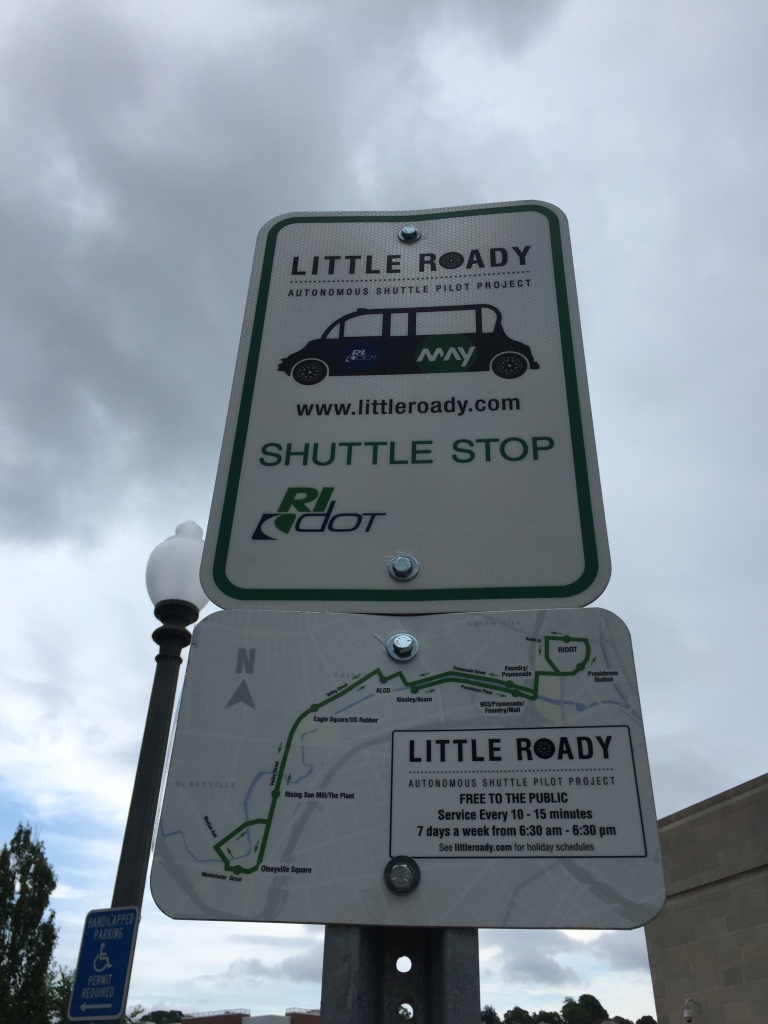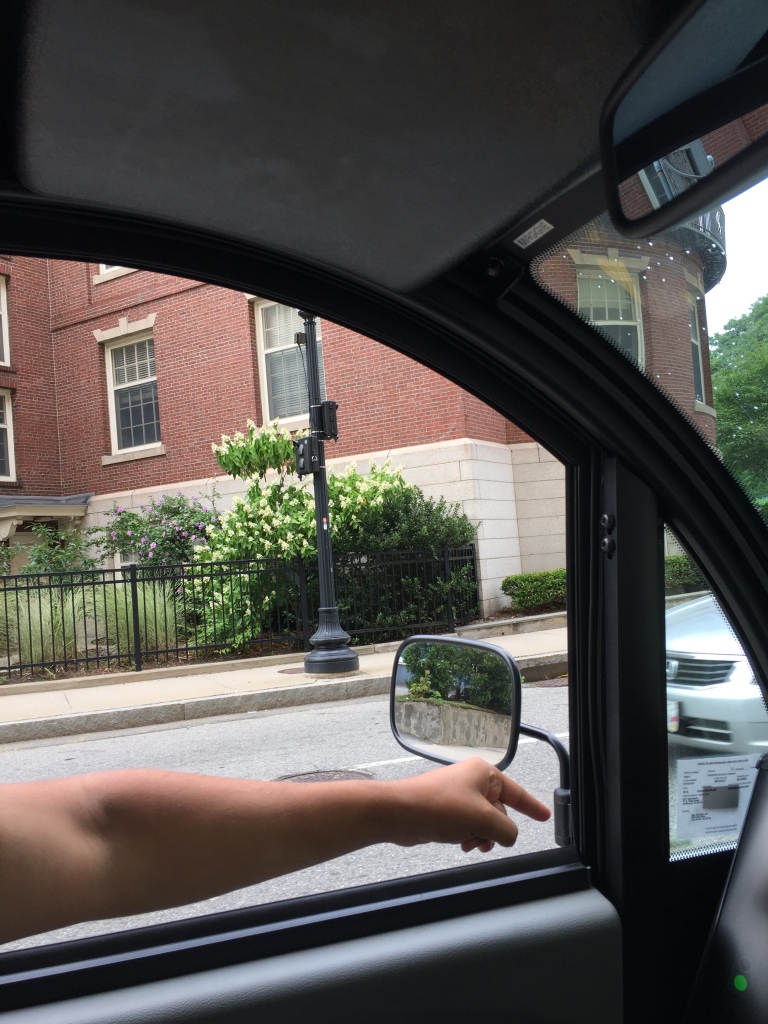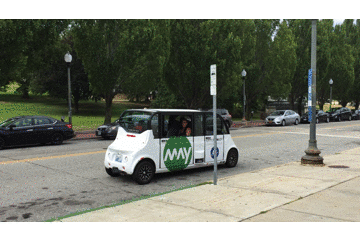Author: Jack Stilgoe, UCL
This article was originally posted on Driverless Futures.
Warren Buffet once said that it’s only when the tide goes out that you see who’s swimming naked. It’s a phrase that is being repeated a lot at the moment, despite it being nonsensical: who swims until the tide goes out around them? Regardless, the gist is that a company that may be able to survive while the economy is rising will have its flaws revealed when a recession hits. Self-driving car companies have benefited from huge investments in the last five years or so. Covid and its accompanying recession are likely to lead to bankruptcies, consolidations and corporate fire sales. However, I wonder if Buffet’s maxim is holding. Maybe the companies that survive will not be those with the best swimwear, but those who are most self-confident, regardless of their nudity. (Sorry. The analogy may have already snapped). This could be bad for innovation and bad for local transport.
We have already seen the demise of Starsky Robotics, a company that was trying to make self-driving technology safe and effective in a well-defined context: trucks on big roads. Other companies are now feeling the heat. A recent Venturebeat piece describes some of the troubles faced by May Mobility, whose approach to AV innovation I have admired for a while.
A year ago, I took a train from Boston to Providence, Rhode Island to ride in one of May Mobility’s prototype self-driving shuttles. ‘Little Roady’ was a year-long collaboration with the Rhode Island Department of Transportation to provide a free shuttle running a five-mile, ten-stop lap of the town. The body of the vehicle was a sort of low-speed, electric stretch golf cart. The brain and the sensors were added by May Mobility with the hope of eventually enabling driverless transport.

The publicity describes this as an autonomous vehicle, with the person in the driving seat there to monitor things, talk to passengers and take over if needs be. The reality is more complicated. The two shuttles I tried – one out, one back – revealed plenty about the possibilities and the limits of self-driving technology.
Station to station
The shuttle stop is right outside the train station. I only have to wait a couple of minutes. The first shuttle is far from autonomous. Our driver stays in manual mode, steering the thing with its handlebars. She seems uninterested in pushing the envelope and is keen to talk about what the vehicle can’t yet do. It can’t turn across traffic and it can’t enter a road at a junction without traffic lights. A few hundred yards away from the train station, we have to stop because there’s a street parade. Self-driving car engineers call such things ‘edge cases’ – new experiences, unaccounted for in their model.



I hop off near Olneyville Square, get some lunch and take a wander. I check the web site to see when the next shuttle is on its way.
Shuttle two is a bit closer to the technological sublime. This driver lets me ride up front with him. He puts the car in ‘auto’ and shows me the little green ‘A’ lighting up on his screen. He says the aim is to keep it in auto as much as possible, to train as well as test the machine. The company is hungry for data, not least to show the Rhode Island department of transportation how well they’re doing.

When we come to a four-way stop junction, he doesn’t have to take over. He tells me that the sensors can see the other cars’ indicators. The computer identifies a gap and the vehicle takes its opportunity with aplomb. He admits that the system finds things easier in light Saturday traffic. Maybe the four-way stop would have been trickier in rush hour.
He says the system is getting better all the time. It used to overreact when someone was tailgating or be disabled when a road sign was partly obscured by a tree branch. He says it still isn’t great with bicycles. The last bit of the loop was covered in roadworks, so the driver switches to manual before we get there.
Just as we approach the train station, which marks the end of the loop, a picture of red traffic light appears on screen. I ask whether the vehicle sees the colour or detects it in some other way. The driver points to a box on a lamppost that transmits the signal from the light to the vehicle. ‘Autonomous’ vehicles, we should remember, are never completely autonomous.

Learning by doing
The Little Roady pilot has been cut short by Covid. This is a shame, as it seemed to be a genuine public experiment. In many cases, ‘trials’ of self-driving vehicles are not real tests of the technology; they are tests of public acceptance or just public displays of a technology. If failure is not an option, then little can be learnt. Other companies have tightly choreographed their ‘trials’, protecting them from technical and social complexity with safety marshals for pedestrians or non-disclosure agreements for passengers. (Noortje Marres and Declan Mcdowell-Naylor have been studying the sociology of self-driving car trials).
May Mobility were trying something different. They were trying to see if they could make an early technology work in the real world, for a real use case, with real people. No good deed, it seems, goes unpunished. The company found that some of its most frustrating glitches were with old rather than new tech. In hot weather the shuttles’ air conditioning had problems and in cold weather their batteries failed. Venturebeat criticised May for targetting “fixed-route transportation needs in geofenced, easily mappable business districts, campuses, and closed residential communities.” The criticism that “not a single one of the company’s commercial routes approached full autonomy” prompts us to ask what would count as “full autonomy”. May was attempting to serve two masters: a local transportation service with a set of requirements about air conditioning and a Wizard of Oz public discourse about autonomous vehicles. At some point, other companies will face similar reckonings. For now, however, I worry that companies will take the wrong lesson from May Mobility and keep telling grand stories rather than trying modest experiments.
